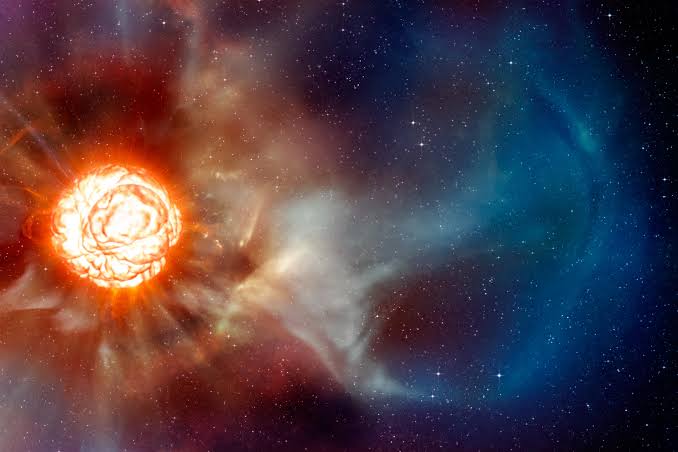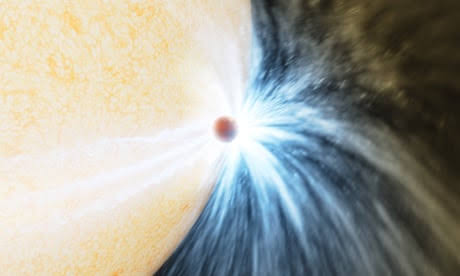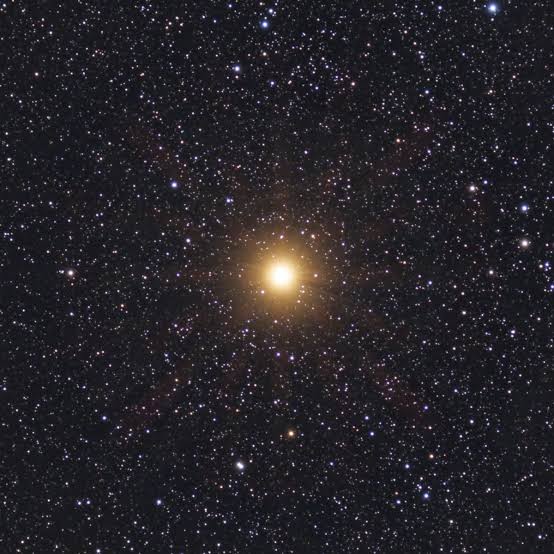One of the brightest stars in the sky is acting abnormally, oscillating from bright to faint twice as quickly than usual and providing scientists with a previously unattainable understanding of how stars die.
It has long been known that Betelgeuse, the red giant star closest to Earth, has 400-day cycles of increasing and decreasing brightness. But as a dust cloud blocked our vision of the star in late 2019 to early 2020, it suffered what astronomers nicknamed “the great dimming. According to astrophysicist Andrea Dupree of the Harvard-Smithsonian Centre for Astrophysics, the star is currently glowing at 150% of its normal brightness and changing brightness at 200-day intervals, which is twice as fast as usual. It has moved up three spots from its typical position of tenth brightest to become the seventh brightest star in the night sky.

It can be seen shining brightly In the early evening skies of the southern hemisphere at the shoulder of the constellation Orion. It will also be discernible in the northern hemisphere when the days get shorter. It is anticipated that Betelgeuse will explode between the next 10,000 and 100,000 years. According to Dr. Sara Webb, an astrophysicist at Swinburne University of Technology in Australia, “one of the coolest things about Betelgeuse is that we’re watching the final stages of big star evolution play out for us almost in real time, which we’ve never really been able to study in this much depth before.”

Its behavior can be used to gain crucial understanding of red giant behavior prior to supernova explosions. Over the course of a week, it could become so bright when it finally explodes that it will be visible during the day and throw shadows at night. Records of what looks to be a star bursting as a supernova date back to ancient Egypt. According to Webb, the Egyptians spoke of a “second sun” appearing in the sky. The star ejected a chewing gum-sized lump of gas and dust, or what astronomers refer to as a “surface mass ejection,” as a result of a “anomalously hot convective plume,” which is what led to the significant dimming.

According to Webb, that lump had many times the mass of the moon.
“The way our forces operate in our bodies changes if we toss one of our arms away from us. And the poor Betelgeuse had a similar situation, claims Webb. As a result, it is still working to regain its stability and core after pushing all of this bulk away. It is said in the report Dupree co-authored that it will take five to ten years for Betelgeuse to resume its typical 400-day cycles. The research was co-authored by experts from Harvard and the University of California, Berkeley.


